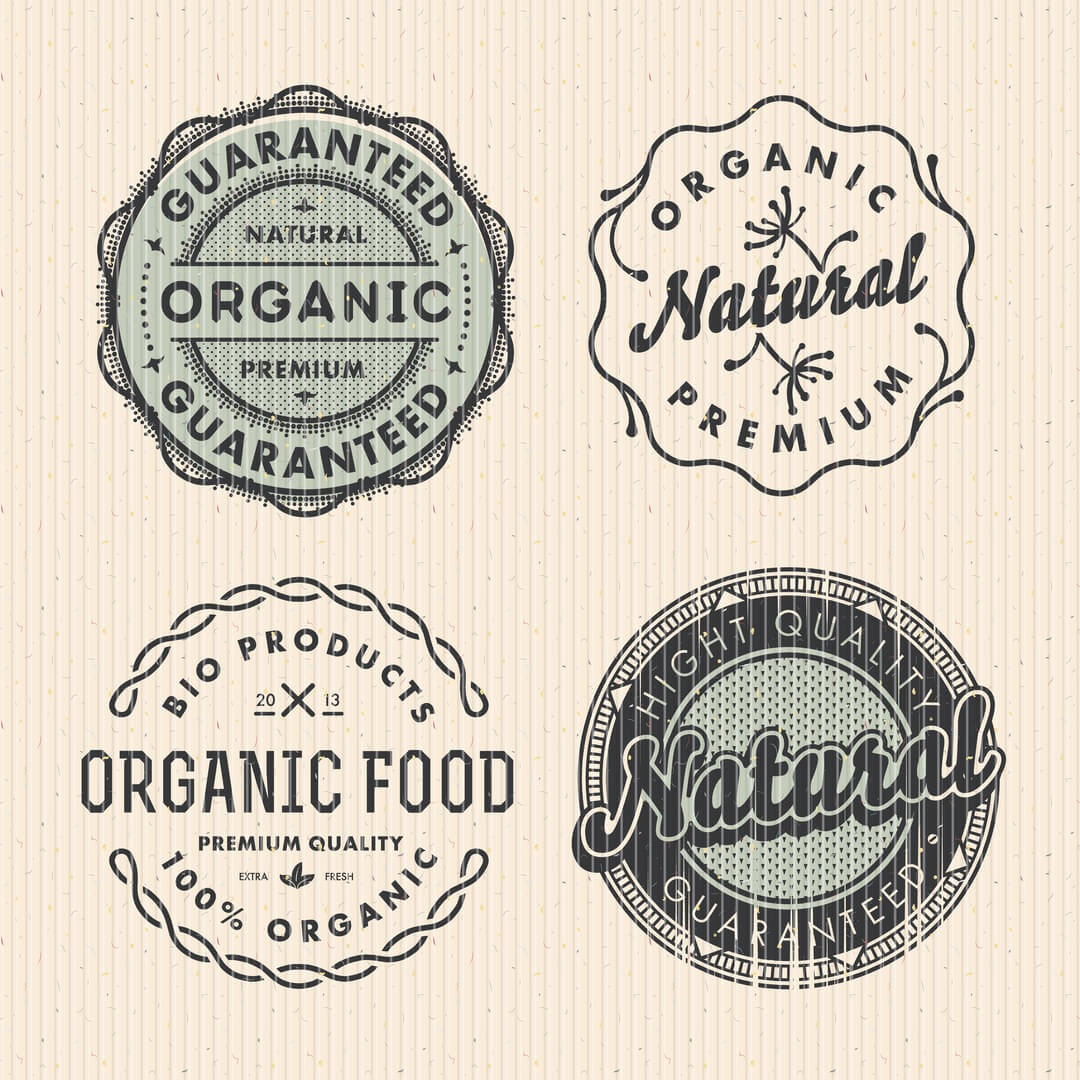 I just finished reading Kitchens of the Great Midwest, where one of the characters, Pat, a small-town Midwestern woman, enters her infamous Peanut Butter Bar recipe into an exclusive recipe contest in Minneapolis. Pat’s recipe was simple – butter, eggs, peanut butter, etc. No dairy alternatives, cage-free eggs nor organic peanut butter in this recipe.
I just finished reading Kitchens of the Great Midwest, where one of the characters, Pat, a small-town Midwestern woman, enters her infamous Peanut Butter Bar recipe into an exclusive recipe contest in Minneapolis. Pat’s recipe was simple – butter, eggs, peanut butter, etc. No dairy alternatives, cage-free eggs nor organic peanut butter in this recipe.
“Are your ingredients locally-sourced?” she was asked upon walking into the judging hall.
“I think so, yes, the grocery store is just a mile from my house…” was Pat’s paraphrased reply.
Little did she know, the other entries contained ingredients from local farms and growers. They were non-GMO, gluten-free, sugar-free, dairy-free – you get the idea. In this scene, a pregnant woman ends up pitching a fit after sampling Pat’s goodies, furious that she just ingested cow’s milk.
Interesting to think that many of us grew up on full-fat, full-dairy, full-of-sugar Peanut Butter Bars and my, how far we’ve come. Food labels now shout: “Gluten-free!” “Dairy-free!” “Soy-free!” “Free from additives!” “No added sugar!”
And rightly so. We’ve become, for the most part, discerning consumers. We’re asking for clarity in labeling so that we know what’s in (and not in) our food.
As food manufacturers, take advantage – provide that clarity. Let consumers know that your product is natural, minimally-processed, healthy and “free-from” ingredients that we try to avoid in our diets. Supermarket News recently noted that Nielsen’s latest Homescan Shopper Health Survey discovered that half of U.S. households make it a point to buy products “free from artificial ingredients,” and spent $18 billion on products that clearly advertised a lack of artificial colors on their packaging. But many brands aren’t highlighting their products are free of artificial additives. Nielsen estimates that if all products were maximizing this sales tactic, the amount spent would have been in the ballpark of $240 billion.
How could you refresh your packaging to highlight your product attributes? Consider what your product contains, and what it does not contain. And keep the new FDA labeling rules in mind while you do so. Take the obvious next step, too, and ensure this messaging is reflected on your web, your blog and on social.
Learn from Pat’s goof – you’ll only increase sales opportunities by being transparent and employing smart packaging practices!
What product attributes, noted on your packaging, resonate most with your customers? Please comment:

